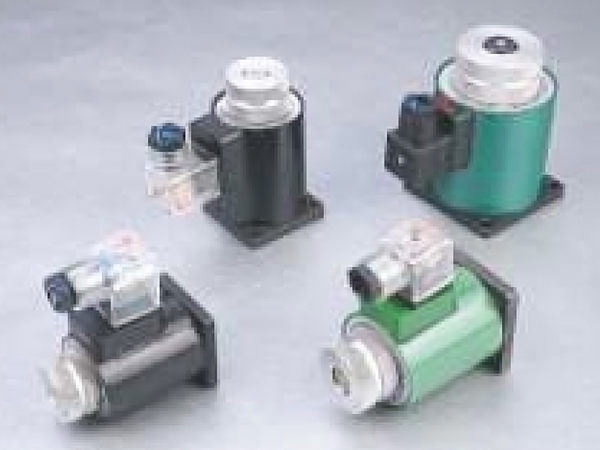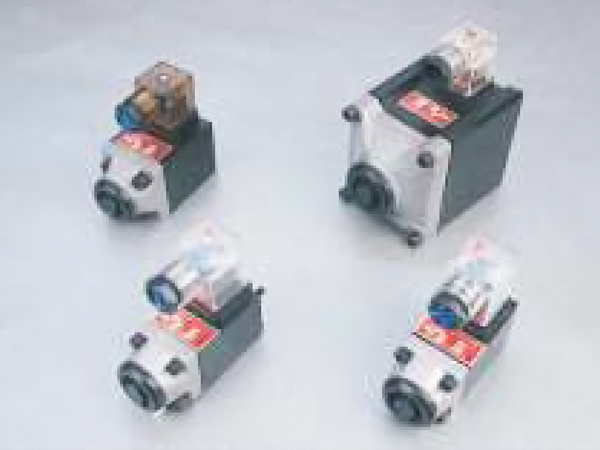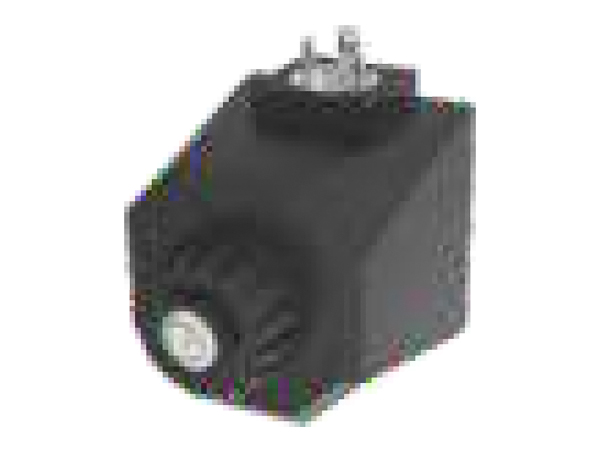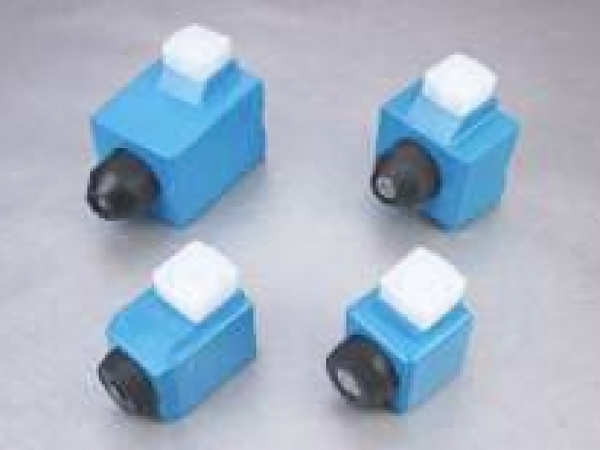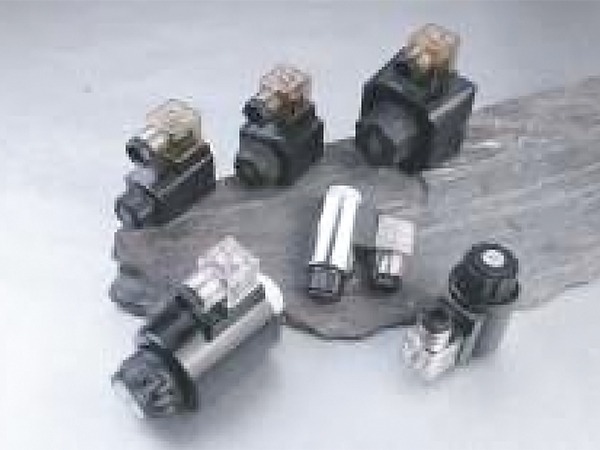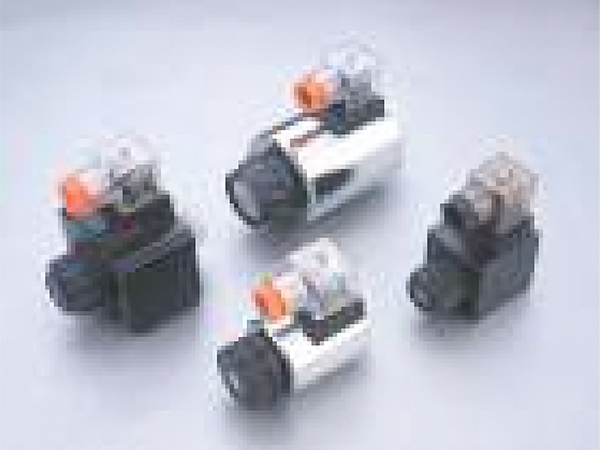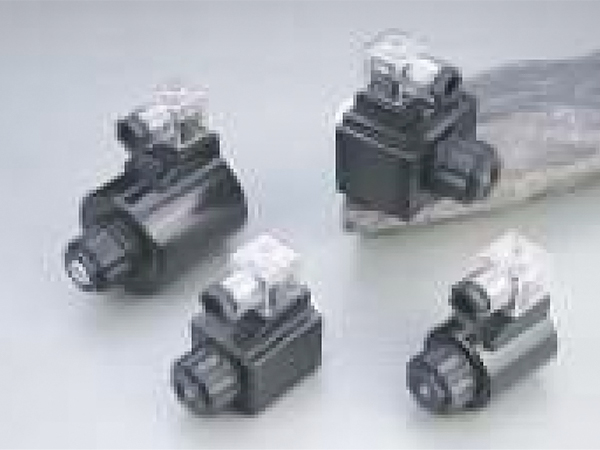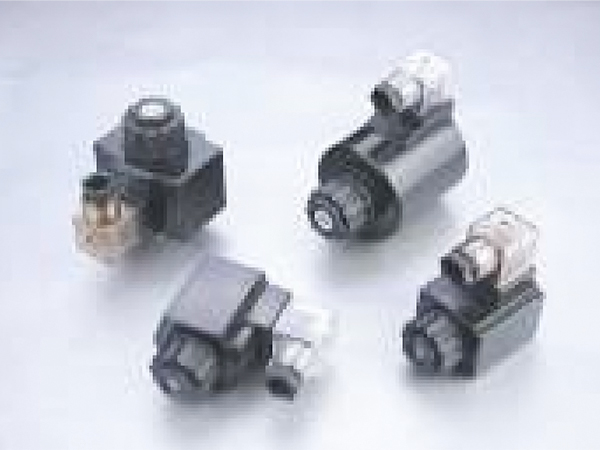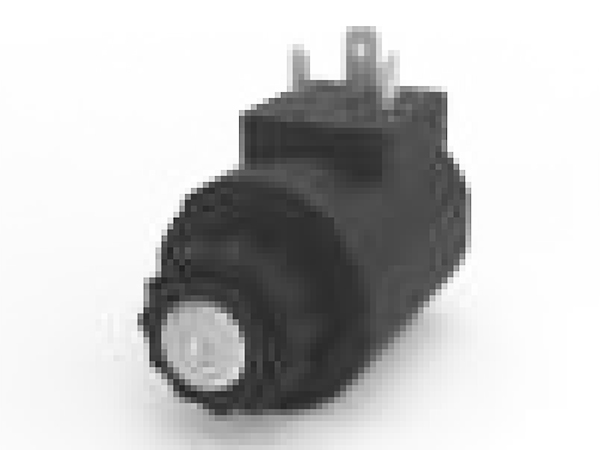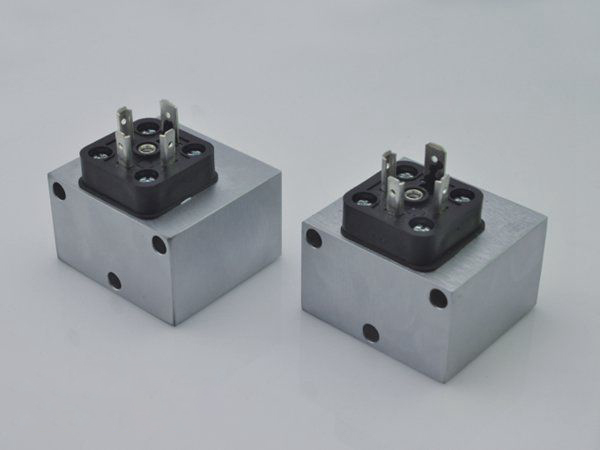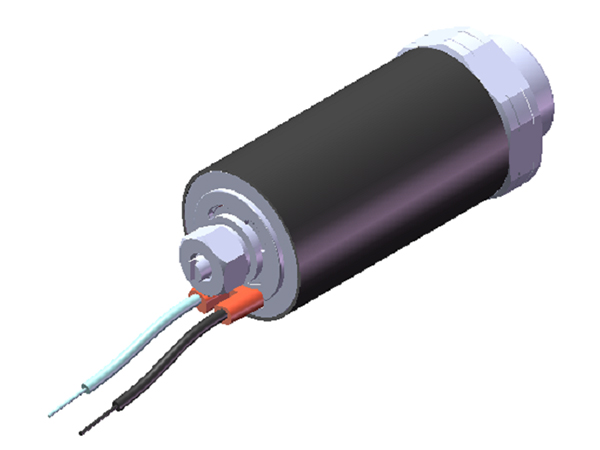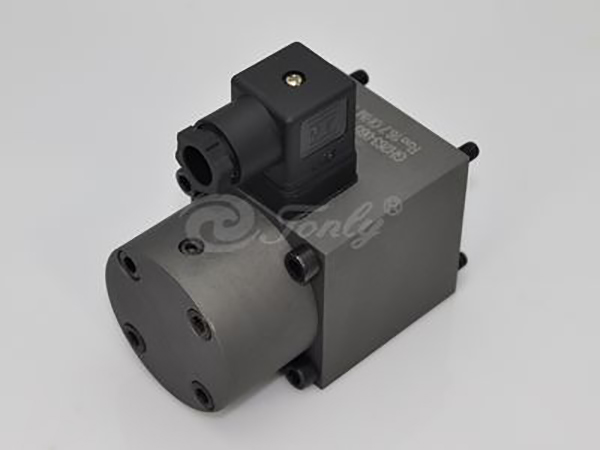How does the Steering Gear Solenoid Valve prevent the possibility of fluid leaks or failure, especially under high-pressure conditions in the steering system?
To effectively prevent fluid leakage, the Steering Gear Solenoid Valve is equipped with high-performance seals and O-rings, typically constructed from materials like nitrile rubber, fluorocarbon, or viton. These materials are specifically chosen for their resistance to wear, temperature variations, and degradation caused by exposure to hydraulic fluids. The seals and O-rings are precision-engineered to create tight, secure connections between the valve’s internal components and the housing. By preventing any gaps, these sealing elements ensure that fluid does not escape the system under high-pressure conditions, ensuring optimal performance and avoiding system contamination.
The precision with which the Steering Gear Solenoid Valve is manufactured plays a critical role in preventing fluid leaks. The internal components, including the solenoid actuator, valve spool, and guiding surfaces, are engineered to exacting tolerances. This precision minimizes the gap between moving parts, which significantly reduces the likelihood of fluid escaping. The smooth movement of these components also minimizes friction and wear, further reducing the risk of leaks. The high-quality manufacturing process ensures that all parts align correctly, maintaining the integrity of the sealing surfaces and promoting long-term durability.
Many Steering Gear Solenoid Valves are equipped with integrated pressure-relief mechanisms that prevent the steering system from exceeding safe pressure limits. These mechanisms are designed to detect any pressure surges that could potentially damage the valve or cause fluid leakage. If the pressure in the system becomes too high, the pressure-relief valve opens to allow excess fluid to escape, thus safeguarding the integrity of the valve and the entire steering system. By regulating the system’s pressure, the relief valve helps to prevent any critical failures that could lead to leakage or loss of steering control.
The Steering Gear Solenoid Valve is encased in a robust housing made of materials such as high-grade aluminum, stainless steel, or specially treated alloys. These materials are selected for their ability to withstand high pressures and harsh environmental conditions. The reinforced housing provides structural protection to the internal components of the valve, preventing them from being damaged by mechanical stresses, vibrations, or impacts that might otherwise compromise the valve’s sealing integrity. In addition to withstanding physical stress, these housings are designed to resist corrosion, which can weaken the valve and lead to leaks over time.
Given the harsh environments in which Steering Gear Solenoid Valves operate—exposure to moisture, chemicals, and road salts—the materials used in their construction are highly resistant to corrosion. Stainless steel and corrosion-resistant alloys are employed to ensure the valve remains functional and leak-free over time. Corrosion can degrade seals and critical components, leading to fluid leaks and potential system failure. By utilizing corrosion-resistant materials, manufacturers extend the life of the valve, even in challenging environmental conditions such as wet, salty, or dirty conditions commonly found on roadways.
The installation of the Steering Gear Solenoid Valve is crucial in ensuring it functions optimally and does not develop any leakage issues. Proper mounting ensures that the valve remains securely in place, without any undue stress or misalignment that could lead to failure. Misalignment can cause the valve to operate inefficiently, with excessive strain on seals and components, ultimately leading to leaks or malfunction. The valve housing must be mounted firmly within the steering system, with careful attention to alignment, to prevent deformation or unnecessary movement that could cause fluid to leak out.
For more information, please call us at + 86-574-88452652 or email us at [email protected].
Product Categories
The Proportional Solenoid for Hydraulics is designed to provide fine-tuned regulation of fluid flow ...
Hydraulic presses are used in industries such as metalworking, plastic molding, and stamping. Hydrau...
The integration of an External Shock-Absorbing Solenoid Valve provides substantial improvements in s...
Coils for Cartridge Solenoid Valves used in mobile hydraulic and industrial equipment must be design...
Coils designed for higher voltages have higher internal resistance due to longer or thinner wire win...
The precise alignment of the Hydraulic Position Sensor is fundamental to its operation. For the sens...

 English
English 简体中文
简体中文